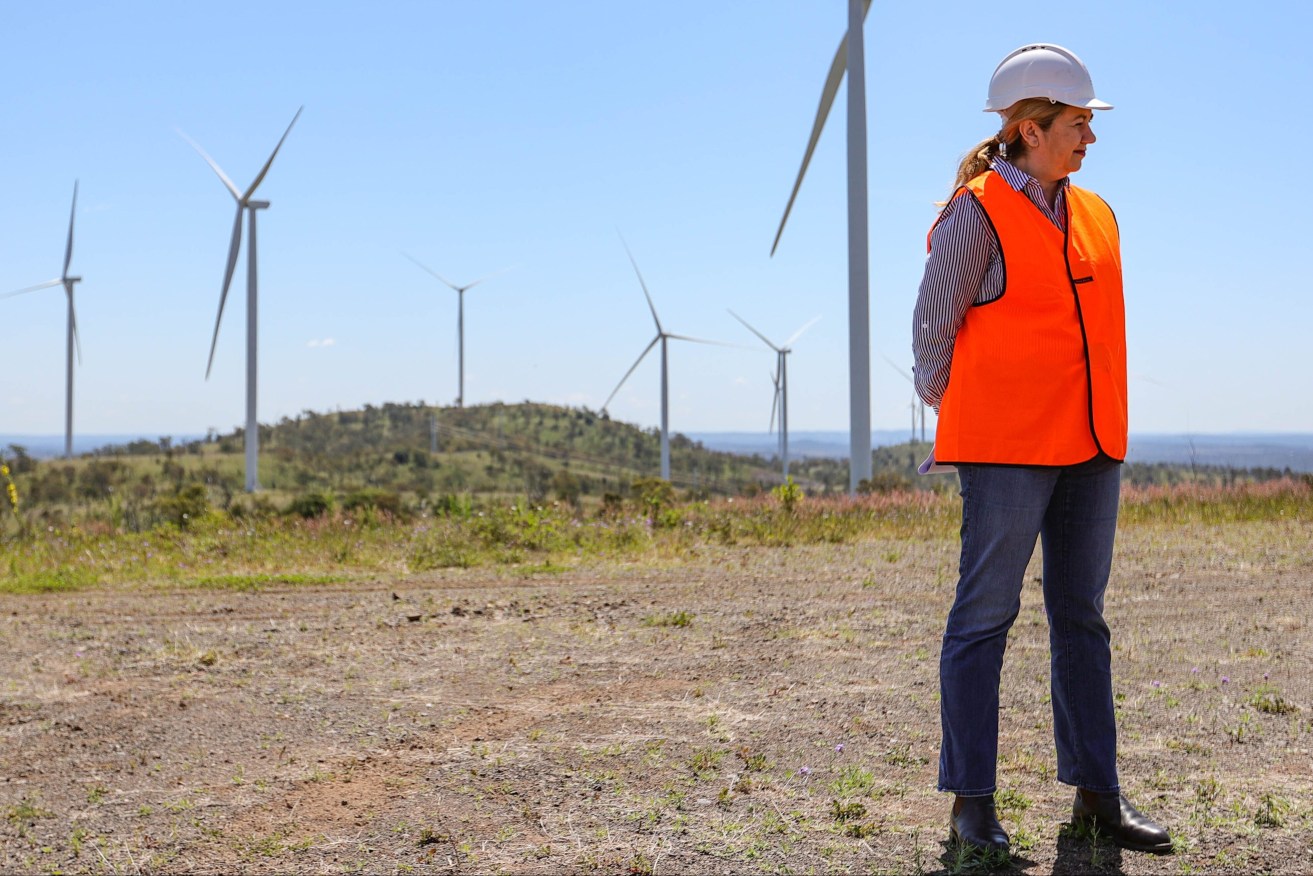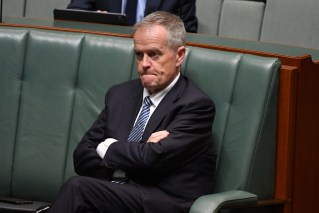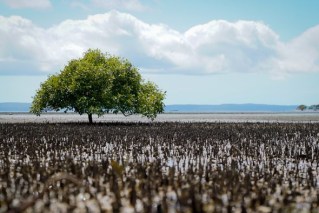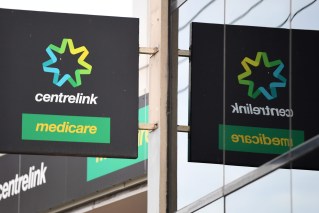How real cost of Qld’s landmark energy plan just blew out by $14bn
The State Government’s energy plan would need $76 billion in investment in real terms by 2040, not the $62 billion currently quoted by the Government, according to the latest EY reports and modelling.


Queensland Premier Annastacia Palaszczuk at a wind farm in the South Burnett district (AAP Image/Russell Freeman)
The difference is the two figures is that the Government’s $62 billion takes it only as far as 2035, but the program would run to 2040 by which time its costs would rise to $76 billion.
The EY report said the energy plan would need massive transformation and investment “which is expected to reach almost $76 billion in real terms by 2040”.
The investments were likely to be the biggest in the Darling Downs ($9.9 billion), Central Queensland ($9.2 billion) and Mackay and the Whitsundays ($7.8 billion). Townsville would receive only about $1.4 billion and the south east $1.6 billion.
The documents also highlight the massive transformation needed and how the proposed shift to hydrogen would consume huge amounts of water and electricity. They also detail the potential dangers in not transforming to clean energy including a potential hit to exports from international carbon costs.
The plan includes a new hydrogen industry which the EY modelling suggested would be $19 billion larger in 2040, creating 4350 direct additional jobs.
But hydrogen needs massive amounts of electricity and water and EY cited estimates from the Australian Energy Market Operator which showed that “Queensland’s hydrogen production could consume more than 8000 GW each year by 2040”. That would be equivalent to more than half of the state’s current generation capacity.
“Access to a reliable and plentiful water supply is integral to the production of hydrogen, highlighted by the recent abandonment of a hydrogen development project in South Australia due to water supply issues,” the report said.
“Desalination plants and recycled water may be options to increase supply.
“While this is an important consideration for Queensland’s hydrogen industry, the state’s long coastline provides opportunities for desalination plants which can supply hydrogen production. This means that hydrogen production is likely to occur along coastlines with access to desalinated water.
“While water requirements are large, they are not significant compared to some other industrial uses. The CSIRO estimated that water consumption in 2050 in Australia may be equal to around one-third of the water currently used by the mining industry in Australia.”
The EY modelling of the energy plan said the gradual withdrawal of coal-fired generation meant that the revenues these generators could have made in the later years of the model (if profitable) were forgone.
“The electricity market model calculates these revenues to be an average of $0.7b ($700 million) per annum over the modelled period,” it said.
However, this would likely be replaced by revenues from renewables. Queensland would also benefit from what EY called a green premium for its products.
The potential was for Australia’s hydrogen exports to supply 14 per cent of China’s demand, 29 per cent of Japan’s needs and 14 per cent of South Korea’s.
“If Queensland can capture much of this growth it could be one of the largest hydrogen producing states in Australia,” EY said.












